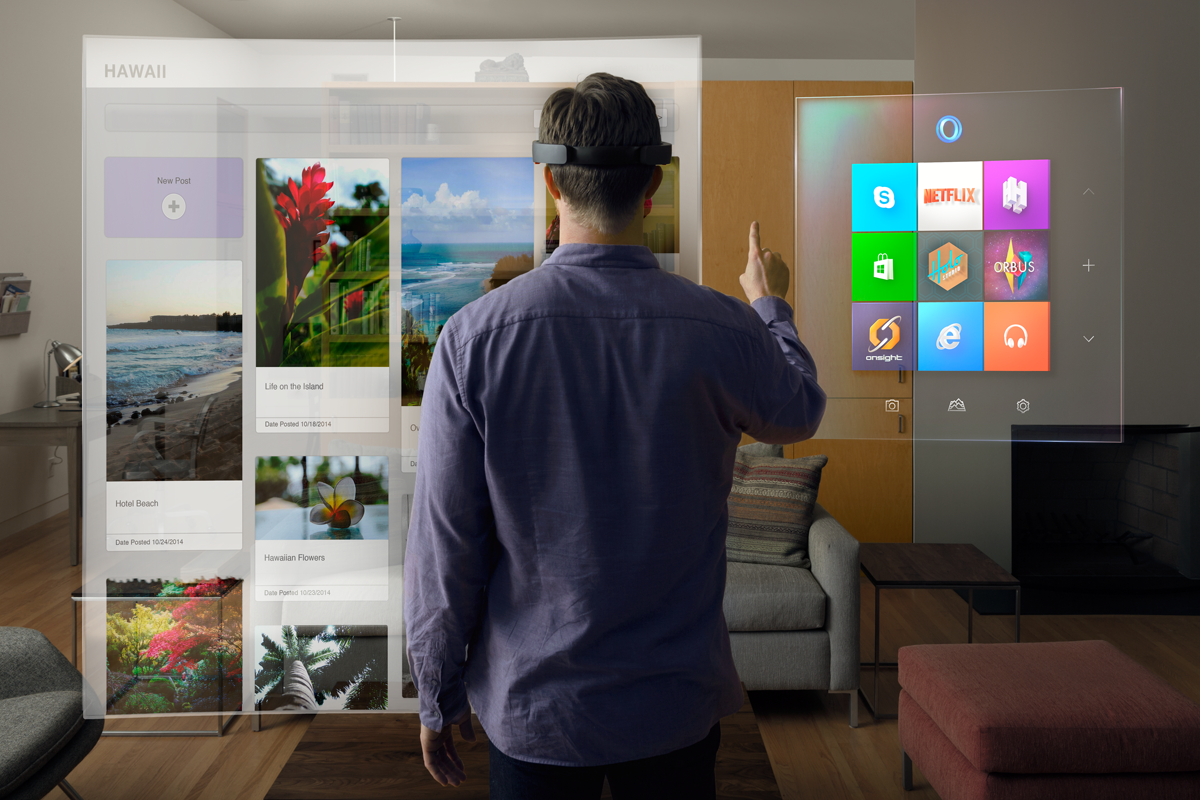
I am pretty sure many of us growing up in Singapore have been through the compulsory e-learning in primary, secondary school… and most probably, tertiary education as well. Back in my days, we only had the (very) laggy and old-school interface of AsknLearn as our main platform and technology for e-learning.
In my opinion, e-learning days whereby I get to rest at home and do assigned tasks at my own pace has always been sort of a “mini-break”. I have always enjoyed e-learning as I like learning at my own pace. Back then in primary school days, the Internet was just starting to develop from its initial phase and new technologies that aid in one’s learning have not been advanced yet.
However, as of now, various institutions, mainly polytechnics, have integrated various new technologies into the classrooms. An example is that of the Swivl robot.

At Republic Polytechnic, a Swivl robot, is used to help take video recordings of lecturers and student presenters in classrooms. It has even received the Silver Innergy Award from MOE in 2015.
The robot – which has a round rotating base capable of propping up a tablet device – swivels so the tablet faces and takes video recordings of the person who is speaking.
The robot, introduced two years ago, is often mounted on a tripod for a better view. People can also use remote-control-like markers to get the Swivl robot to orient the tablet towards them.
The video recordings are uploaded onto an online portal that students can access after class.

Subsequently, at Nanyang Polythenic (NYP), there is a 3D immersive virtual reality software to simulate airport operations such as maintenance checks on aircraft (image above).

In addition to all these institutions adopting technologies to better facilitate the students’ learning experience, Ngee Ann Polytechnic’s School of InfoComm Technology classrooms will integrate facial recognition sensors to track students’ attendance. Interactive whiteboards will also allow lecture notes to be transferred directly to students’ tablets.

On top of these few initiatives installed by our government for these various schools, it is a part of the bigger picture which is the future of e-learning. Technology is expanding at a rapid rate. A few decades ago, we scoff at the mention of Moorse’s Law. But, this exponential doubling is the reason a small modern smartphone can affordably pack so much dizzying capability into such a small package.
Technology is an evolutionary process and there has been several interesting trends that I have came across on the Internet.
Gamification in learning

It was one of the most sensational eLearning trends in 2016, it isn’t a new trend but it is definitely a sensational one. An (adorable) example of that would be ClassDojo:
ClassDojo is a classroom management tool to help teachers improve behavior in their classrooms quickly and easily. It improves specific student behaviors and helps engagement by issuing awards and recording real-time feedback.
Each student gets an avatar which can be visibly displayed in ClassDojo. For positive behavior it is easy for the teacher to initiate quick feedback to the student, awarding feedback points with a simple click on her mobile device or computer. This instantly reinforces good behavior and engages other students.
The feedback time is shortened and the resulting positive reinforcement helps students develop a sense of purpose in the classroom. It in turn enhances intrinsic motivation over time. By giving students visibility and data on their own behavior, the class becomes less disruptive, creating a more positive learning environment.
Immersive learning

This trend consists of different facets of the same concept that are making learning more immersive. One of the most interesting factors is the emergence of virtual experiences in real-time through the use of such devices as the Oculus Rift and such as that of the simple Google Cardboard. These devices enable the learner to be completely immersed in any environment.

Microsoft’s HoloLens is providing some interesting applications, in which work instructions and process can be overlaid on top of reality, providing the learner a visual view of what exactly she needs to do in any situation. Less surreal examples of immersive learning include the use of 3D games and virtual worlds for learning, which is gaining momentum because costs are dropping and computer processors are picking up speed.
However, I will further introduce virtual reality in another blogpost. Stay tuned!
Lastly, another upcoming technological trend in the e-learning field is the incorporation of social media in learning.

While even though social media platforms are commonly seen as a distraction when it comes to learning, there are several aspects of social media which come in helpful for learning.
An example would be how Facebook groups are commonly used for teachers to encourage social constructivism, critical learning and language use. The SST (School of Science and Technology) recently adopted it in 2014. The teachers posted tips on grammar and vocabulary use, discussed current affairs and language skills, and uploaded lesson materials in this Facebook group.
Facebook also helps prepare our students to be active citizens in the future. There are plenty of opportunities for them to engage with politicians and various lobby groups with an online presence. Students need a platform to learn the etiquette for such engagement and to discern the information they receive online. A school Facebook group provides the perfect environment for such learning, which is guided by educators.
In conclusion, with these increasing integration of various technologies into e-learning, learning will be made more interactive and potentially easier for both students and adults alike.